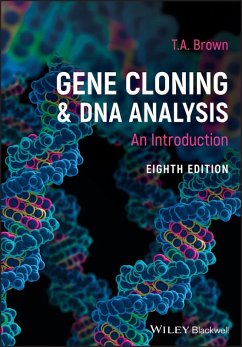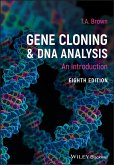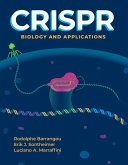Known worldwide as the standard introductory text to this important and exciting area of study, Gene Cloning and DNA Analysis: An Introduction, 8th Edition preserves the tradition of excellence created by previous editions. Comprehensive and authoritative, the book explores all of the topics crucial to an understanding of gene cloning in an approachable way. An easy-to-follow and user-friendly layout is presented in full-color throughout the volume, making it simple to absorb the clear and accessible material contained within.
Gene Cloning and DNA Analysis: An Introduction, 8th Edition contains updated and extended coverage of gene editing strategies like CRISPR/Cas, rewritten chapters on DNA sequencing and genome studies, as well as new material on real-time PCR and typing of human disease mutations. Over 250 full-color illustrations are included to bring to life the comprehensive content. The book also covers topics like:
Gene Cloning and DNA Analysis: An Introduction, 8th Edition is an invaluable introductory text for students in classes like genetics and genomics, molecular biology, biochemistry, immunology, and applied biology. It also belongs on the bookshelves of every professional who desires to improve their understanding of the basics of gene cloning or DNA analysis.
Gene Cloning and DNA Analysis: An Introduction, 8th Edition contains updated and extended coverage of gene editing strategies like CRISPR/Cas, rewritten chapters on DNA sequencing and genome studies, as well as new material on real-time PCR and typing of human disease mutations. Over 250 full-color illustrations are included to bring to life the comprehensive content. The book also covers topics like:
- The strategies used by researchers and industry practitioners to assemble genome sequences
- Next generation sequencing methods and descriptions of their applications in studying genomes and transcriptomes
- Includes the use and application of gene editing strategies
- Interbreeding between Neanderthals and Homo Sapiens
Gene Cloning and DNA Analysis: An Introduction, 8th Edition is an invaluable introductory text for students in classes like genetics and genomics, molecular biology, biochemistry, immunology, and applied biology. It also belongs on the bookshelves of every professional who desires to improve their understanding of the basics of gene cloning or DNA analysis.
Dieser Download kann aus rechtlichen Gründen nur mit Rechnungsadresse in D ausgeliefert werden.









